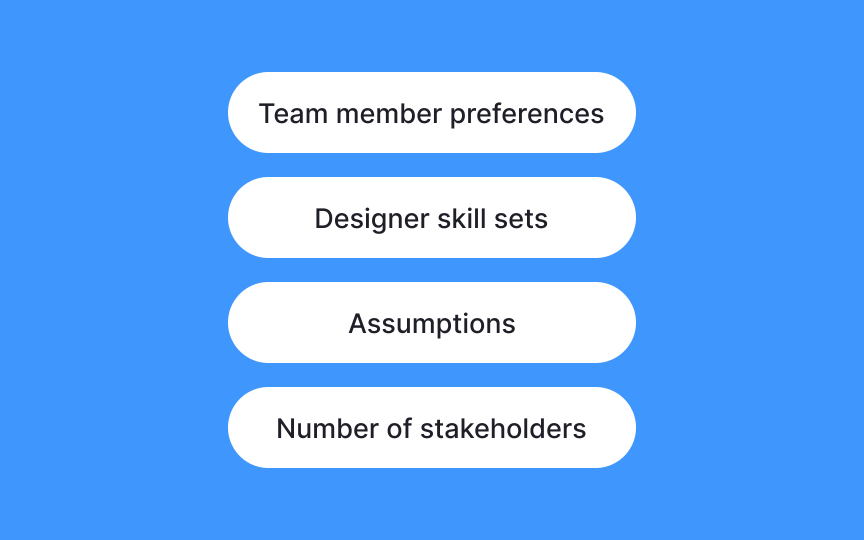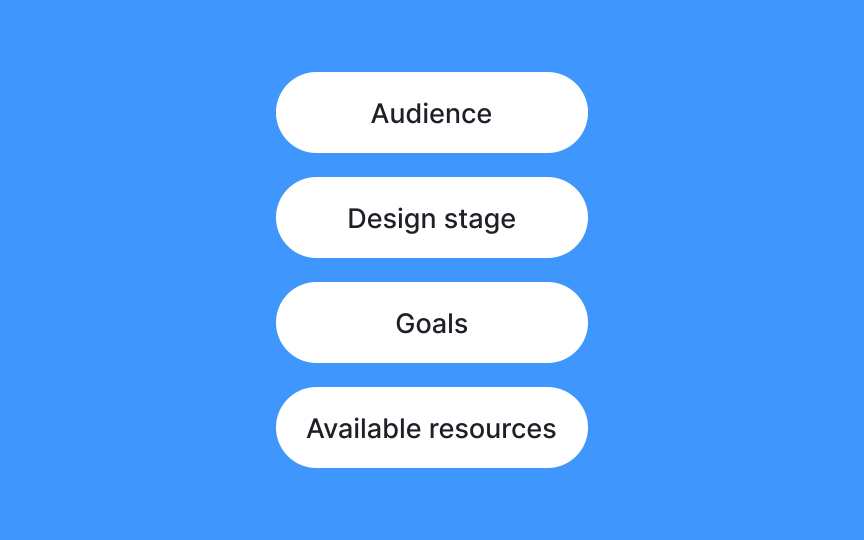Choose the right type of prototype
How do you decide what type of prototype to develop?
- Define your goals: If exploring ideas, start with low-fidelity, like paper sketches. For testing functionality, consider a high-fidelity interactive digital prototype.
- Consider the design stage: Align the prototype's complexity with the project phase. Use low-fidelity for ideation and high-fidelity for user testing.
- Know your audience: Engage stakeholders with high-fidelity for realistic views. For quick feedback sessions, low-fidelity models will suffice.
- Evaluate resources: Low-fidelity is resource-efficient and ideal for rapid iterations. High-fidelity demands more resources but offers realistic product visualization.
- Iterate and adapt: Embrace iterative prototyping, adjusting as needed based on evolving project dynamics and feedback.


